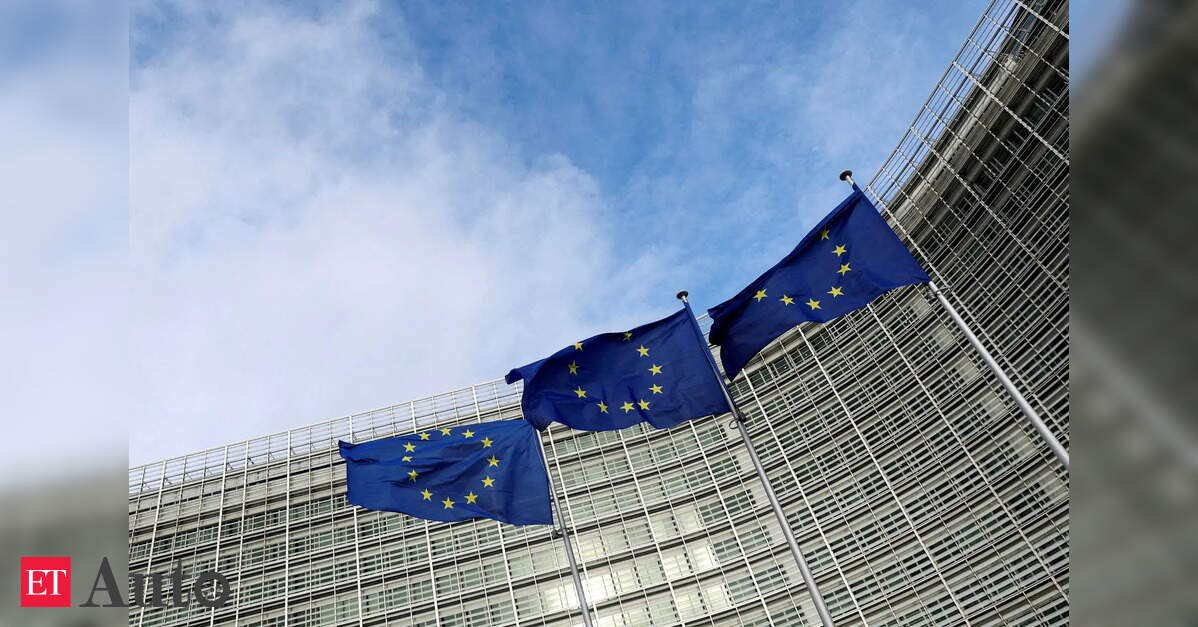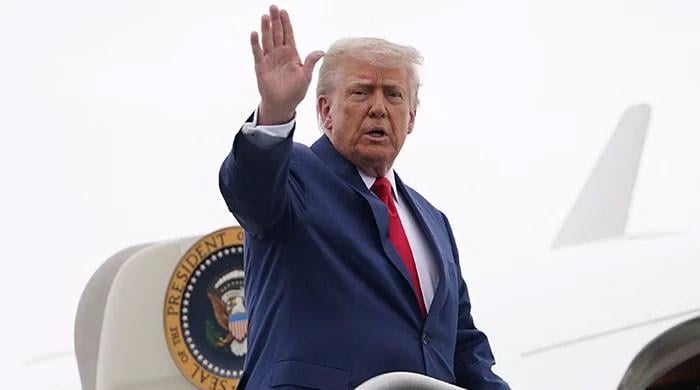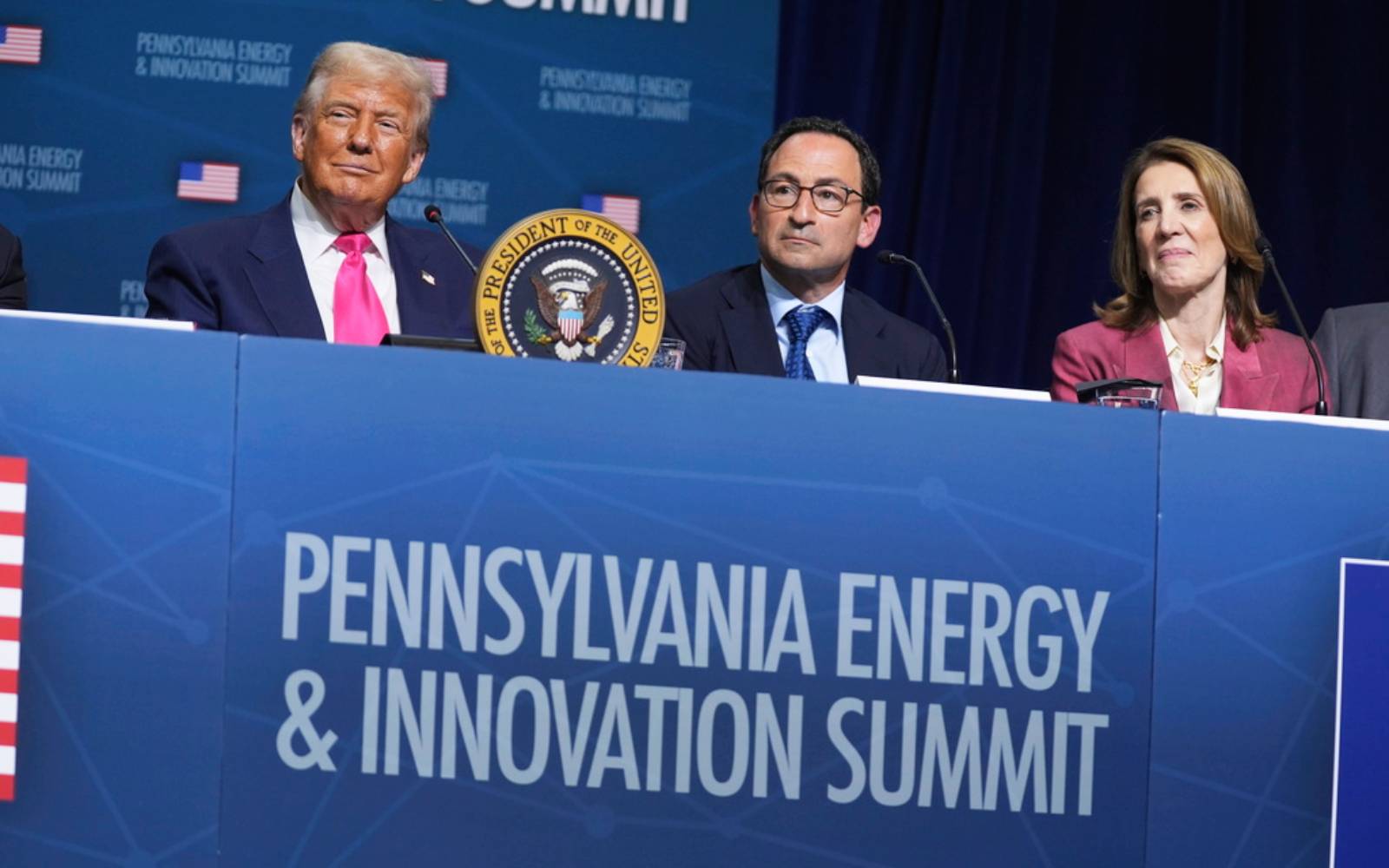US Government Moves To Increase Entrance Fees For International Visitors, Here Is All You Need To Know - Travel And Tour World
Tuesday, July 15, 2025

For America’s national parks, US President Donald Trump has signed an executive order to boost the An initiative to produce more money for the US national parks, President Donald Trump’s recent executive order tells the US Interior Department to bill international visitors more at the gate. This new plan to enhance conservation, work on park infrastructure, and, potentially, attract more inbound tourists, could have significant consequences for the stop and for inbound-tourism providers that offer group tours to the U.S. national parks.
The order, as described by the White House, is intended to raise “hundreds of millions of dollars” to fund the maintenance and improvement of the country’s national parks. But it does worry tour operators and others in the broader travel industry, especially the ones who advertise the country’s impressive collection of natural wonders.
However, even though the executive order calls for fee hikes, the timing and amount of all the potential hikes is uncertain. But it is tour operators who are concerned about what it would mean for their businesses. It’s also unclear how and when the higher fees will be put into place, and if group and commercial entry fees will mirror those for individual visitors.
The absence of clear direction from the National Park Service on these issues has led tour operators to wonder what the larger financial impact will be. Take companies that provide national park tours – these may be in need of alternative pricing strategies but the inability to see further than the end of their nose makes it hard to plan and adjust.
Many are leery of what the fee increases will mean for the customer, particularly with international visitors, who have already endured rapidly rising travel costs, being asked to pay more. Tour operators emphasize that communicating clearly and lead time are key factors for adapting to necessary changes in pricing and messaging to customers.
Although the fee increases have raised concerns, many fellow the need to reinvest in the national parks. Underfunding has long been an issue at these parks, which together draw tens of millions of visitors a year, creating a backlog of maintenance projects and mounting conservation problems. The extra money raised by the fee hikes would also be spent on conservation and improving infrastructure in the parks – a policy that has been renowned as welcomed by those in the tourism trade.
Tour operators, though, say that wildly successful initiative will largely depend on the transparency and execution of the changes. In the absence of clear communication about how and when these charges will be enforced, tour operators will struggle to be able to roll out the changes as smoothly as possible, potentially affecting their capacity to facilitate clear pricing and timely communications with their customers.
As it prepares to add the new fees, the Trump administration has also suggested cutting the National Park Service’s 2026 budget by more than $1 billion. This decrease is greater than one third less than last year’s budget cut, and continues to raise questions as to how the parks continue to operate with less. Many national parks are already experiencing staff cutbacks, which can impact the visitor experience. Such budget reductions would only worsen such issues as inadequate staffing to support increasing visitation and necessary facility improvements.
The fee hikes—and staffing shortfalls — could signal an uncertain future for visitors’ experiences at the parks, a future in which visitors pay more for access to parks that are starved for resources and may not offer the level of service or accessibility that tourists have come to expect. It has tour operators wondering if the higher fees are the right fix given the financial straits the parks are in and the logistical challenges they face.
The gateway communities around U.S. national parks derive much o their revenue from tourism, with visitors spending money at local hotels, restaurants, and services. But the suggested increase in fees for overseas visitiors has raised concerns these local economies may be hit.
And if higher fees discourage global visitors from going to these parks, the local economies could suffer a loss of precious tourism dollars. The effects of higher park entry fees could reach beyond the parks’ borders, affecting nearby businesses like hotels, tour operators and local retailers, the agency’s analysis says.
Tour operators are now calling on the Department of the Interior to consider the economic fallout the changes could have on the broader tourism world — from the businesses that operate in these gateway towns and cities to the ripple effects throughout the local economy. The worry is that the higher fees will deter the international visitors who make such a positive impact on the national park experience — and on the local communities that depend to a large extent on tourism revenues.
The proposed fee increases would be levied during a period when the U.S. tourism industry is suffering from a set of separate challenges. Trade tensions, continuing visa delays, and a decrease in international visitors prompted by the global political climate have all significantly hampered the industry. These problems have already led to a drop in international visitors to the U.S., and that number could drop even more as increased expense for visiting a national park is tacked on.
* Increase in fees! Additional cost to file visa application! Uncertainties on trade!* The tourism industry in the U.S. is currently experiencing a turbulent time. Tour operators worry that the increased fees will deter more foreign travelers, especially from countries that are already struggling economically or have little in the way of travel budgets.
Instead of sitting back and bemoaning the increases, some tour operators are being proactive in response to concerns and are continuing to push U.S. travel. For instance, Globus family of brands, which runs trips focused around national parks, is trying to combat the downer with a barrage of good news about tours. The company is out with a video campaign for advisors, industry partners, and customers showing how travel can be a positive force in bringing people and cultures together across borders.
This stuff is being done to create travel positivity in advance, and attempt to balance any negativity/swings in thinking that occur when parks in general price people out of the equation. In emphasizing the one thing we share travel tour operators are hoping to stoke *inbound tourism *to the U.S., despite the higher park entry fees and the other rising costs.
The increases in fees for foreign national park visitors pose a delicate challenge for the U.S. tourism trade. The motivation to raise funds for conservation and park infrastructure is a good one, however the lack of transparency and possible misuse of these funds is concerning. Among those who could be affected are tour operators, who are confronting headwinds including visa delays and trade tensions, and who are warning that the new fees could have negative ramifications for international tourism as well as local economies that rely on it.
The right approach requires prudence and dialogue between the U.S. government and the travel industry stakeholder communities to ensure that fee increases are undertaken in ways that are just, transparent and do not disrupt the larger travel ecosystem. The path to success will rely on clear communication, lead time and a robust strategy; this will go a long way to mitigating the impact of the fee hike — on the travel industry and the millions of visitors who savour the beauty of America’s national parks.
You may also like...
Diddy's Legal Troubles & Racketeering Trial

Music mogul Sean 'Diddy' Combs was acquitted of sex trafficking and racketeering charges but convicted on transportation...
Thomas Partey Faces Rape & Sexual Assault Charges

Former Arsenal midfielder Thomas Partey has been formally charged with multiple counts of rape and sexual assault by UK ...
Nigeria Universities Changes Admission Policies

JAMB has clarified its admission policies, rectifying a student's status, reiterating the necessity of its Central Admis...
Ghana's Economic Reforms & Gold Sector Initiatives

Ghana is undertaking a comprehensive economic overhaul with President John Dramani Mahama's 24-Hour Economy and Accelera...
WAFCON 2024 African Women's Football Tournament

The 2024 Women's Africa Cup of Nations opened with thrilling matches, seeing Nigeria's Super Falcons secure a dominant 3...
Emergence & Dynamics of Nigeria's ADC Coalition

A new opposition coalition, led by the African Democratic Congress (ADC), is emerging to challenge President Bola Ahmed ...
Demise of Olubadan of Ibadanland
Oba Owolabi Olakulehin, the 43rd Olubadan of Ibadanland, has died at 90, concluding a life of distinguished service in t...
Death of Nigerian Goalkeeping Legend Peter Rufai

Nigerian football mourns the death of legendary Super Eagles goalkeeper Peter Rufai, who passed away at 61. Known as 'Do...





